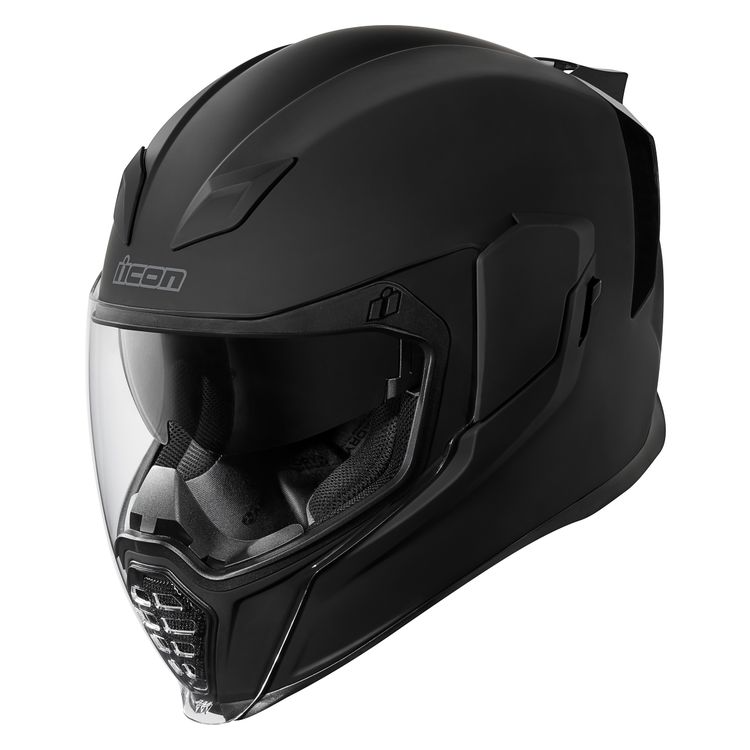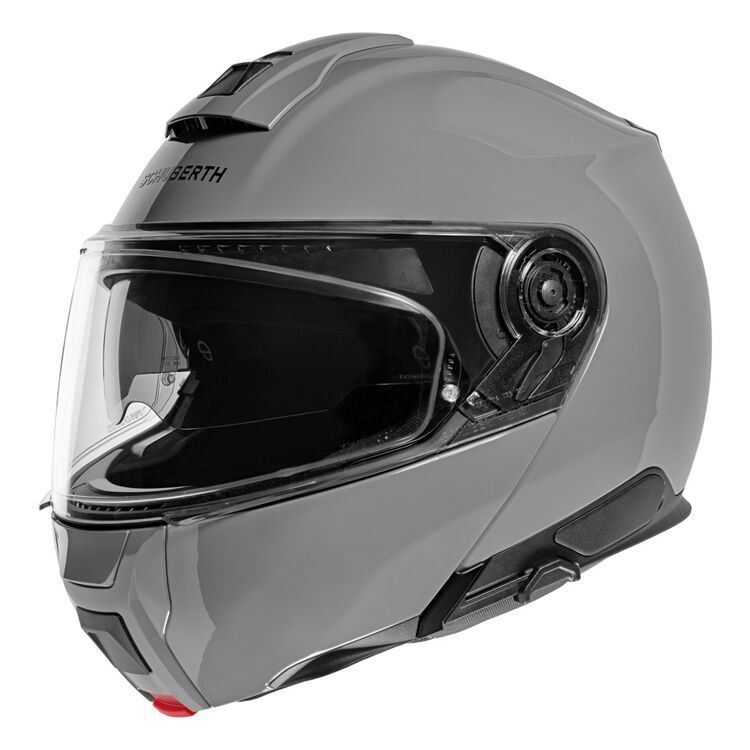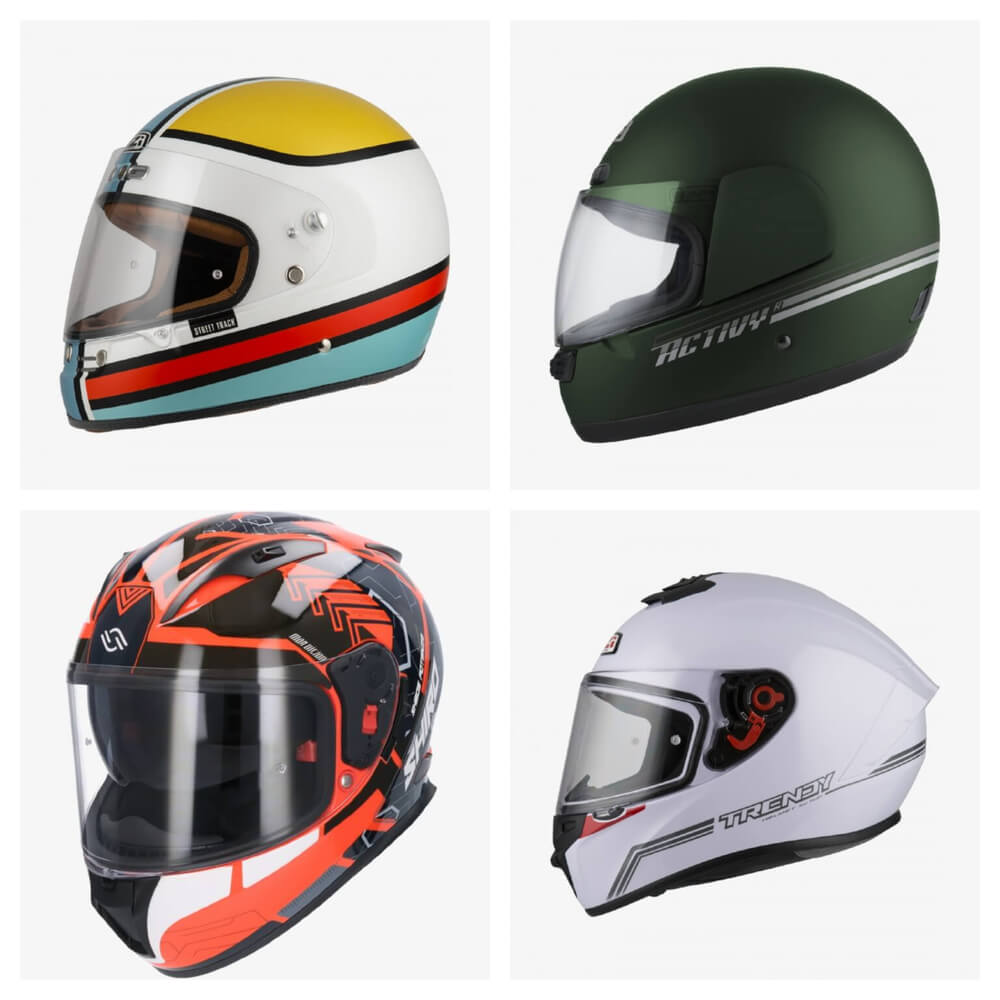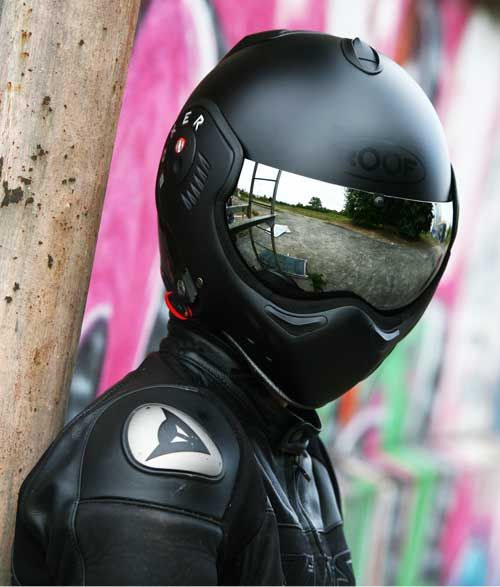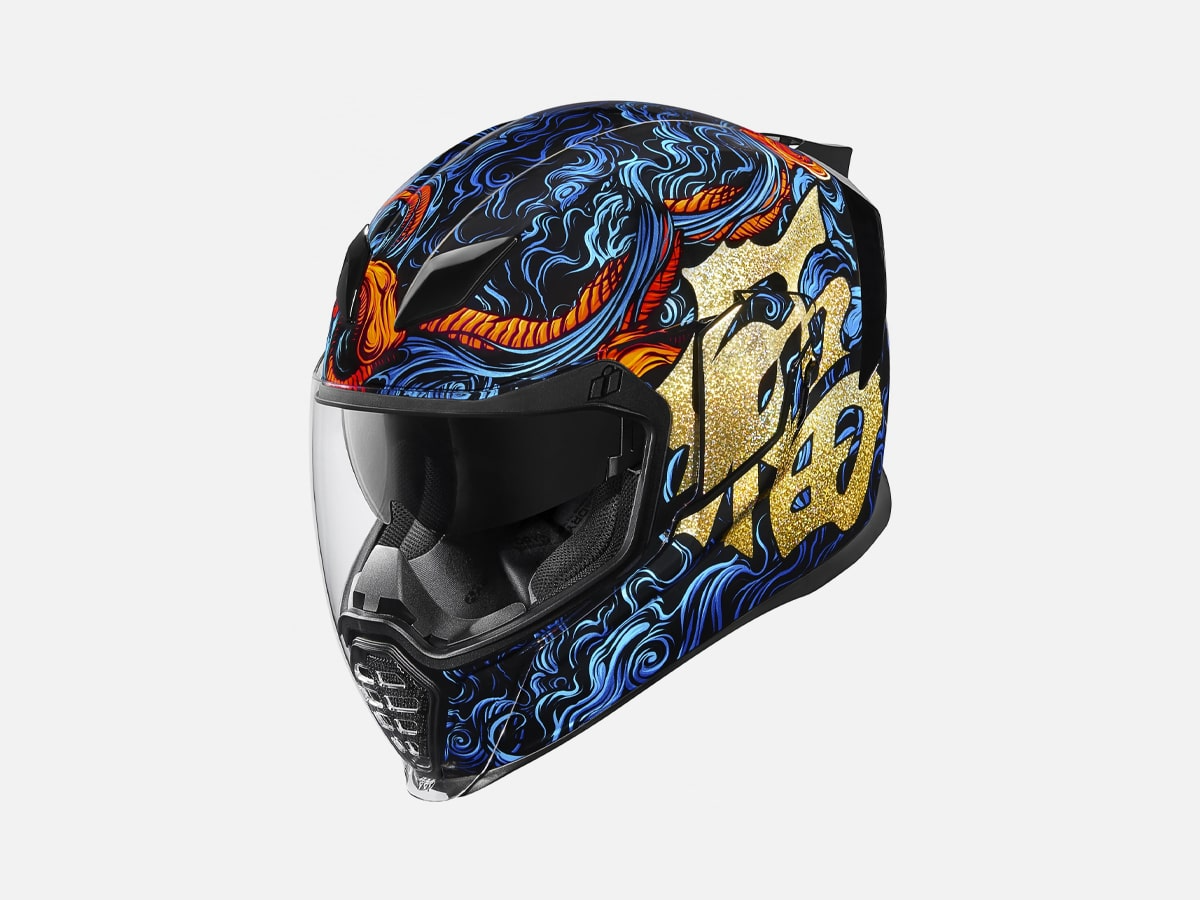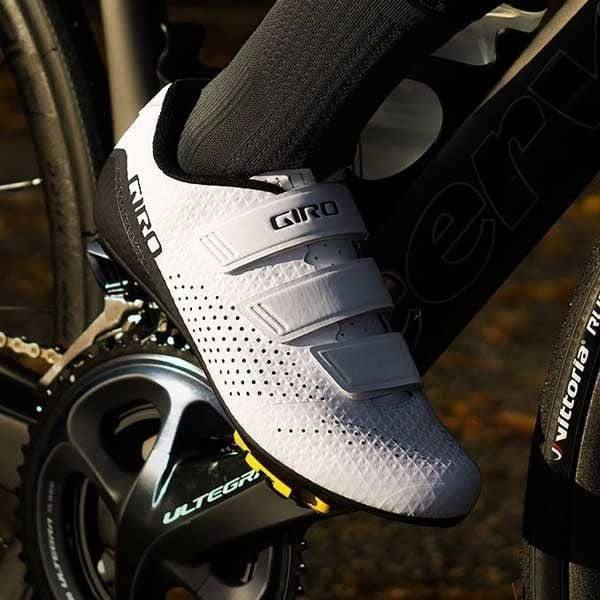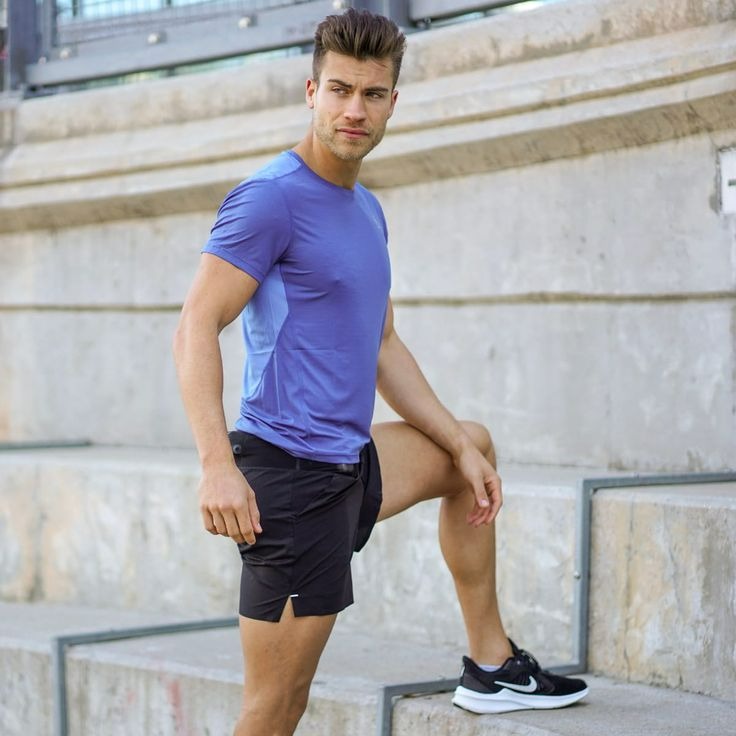Introduction
Motorcycle helmets are crucial safety gear for riders. They protect your head from impacts and reduce the risk of fatal injuries. Besides safety, helmets also offer comfort and style. With so many options available, choosing the best motorcycle helmet can be overwhelming. This guide will help you navigate the complexities and make an informed choice.
Historical Evolution of Motorcycle Helmets
The Early Days
In the early days of motorcycling, helmets were almost non-existent. Riders seldom wore protective gear. As motorcycles grew faster, the number of accidents increased. This rise in accidents led to a demand for better safety measures. The 1930s saw the introduction of basic helmets made from leather and cork. These early designs offered minimal protection. Yet, they were a significant step forward compared to wearing nothing at all.
Mid-20th Century Innovations
The 1950s and 1960s marked a turning point for motorcycle helmet design. Advances in materials and technology led to safer and more effective helmets. The iconic “Full-Face Helmet” emerged during this era. It offered unparalleled protection by covering the entire head and face. Helmets became more standardized and were subject to rigorous safety tests.
Modern-Day Helmets
Today, motorcycle helmets come with an array of features and innovations. They combine lightweight materials with advanced safety technology. Modern helmets are designed not just to protect, but also to enhance the riding experience. Features like ventilation systems, built-in communication devices, and anti-fog visors are now standard. Helmets are also rigorously tested to meet stringent safety standards.
Types of Motorcycle Helmets
Full-Face Helmets
Full-face helmets offer the highest level of protection. They cover the entire head, including the chin and face. This design provides excellent impact protection and minimizes wind noise. Full-face helmets are ideal for long-distance and high-speed riding. They also offer better aerodynamics and reduce wind buffeting.
Modular Helmets
Modular helmets, also known as flip-up helmets, offer versatility. They provide the protection of a full-face helmet but allow the rider to flip up the chin bar. This feature makes it easier to communicate or take a quick break without removing the helmet. Modular helmets are popular among touring riders. However, they are slightly heavier than full-face helmets due to the hinge mechanism.
Open-Face Helmets
Open-face helmets cover the top and sides of the head but leave the face exposed. They offer a more relaxed and open riding experience. These helmets are lighter and provide better peripheral vision. However, they lack the protective chin bar, making them less safe than full-face helmets.
Half Helmets
Half helmets provide minimal coverage, protecting only the top of the head. They are popular in casual riding settings and among cruiser and chopper riders. While they offer more freedom and wind in the face, they provide the least amount of protection. Riders should weigh the trade-offs carefully when considering a half helmet.
Important Features to Consider
Safety Certifications
Safety should always be a top priority when choosing a helmet. Look for important safety certifications like DOT (Department of Transportation), ECE (Economic Commission for Europe), and Snell. These certifications indicate that the helmet has passed rigorous safety tests.
Material
The material of the helmet plays a crucial role in its effectiveness. Most modern helmets are made from materials like polycarbonate, fiberglass, and carbon fiber. Polycarbonate helmets are affordable and durable but slightly heavier. Fiberglass helmets offer a good balance of weight and protection. Carbon fiber helmets are the lightest and strongest but come with a higher price tag.
Fit and Comfort
A well-fitting helmet is essential for safety and comfort. A helmet that is too loose can shift during an accident, reducing its protective capabilities. Conversely, a helmet that is too tight can cause discomfort and headaches. Always measure your head and try on helmets before making a purchase.
Ventilation
Good ventilation is crucial for rider comfort, especially during long rides. Look for helmets with multiple vents that allow air to flow through easily. Proper ventilation can reduce heat buildup and prevent fogging inside the helmet.
Visor
The visor is a crucial component of a motorcycle helmet. It protects the eyes from wind, debris, and UV rays. Look for helmets with scratch-resistant and anti-fog visors. Some helmets come with tinted or photochromic visors that adapt to changing light conditions.
Top Motorcycle Helmet Brands
Shoei
Shoei is a renowned brand in the world of motorcycle helmets. They are known for their high-quality craftsmanship and advanced safety features. Shoei helmets are often preferred by professional racers and serious riders. The brand offers a wide range of helmets, from full-face to modular options.
Arai
Arai is another top-tier helmet brand. They focus heavily on safety and comfort. Arai helmets undergo rigorous testing to ensure they meet and exceed safety standards. The brand is known for its attention to detail and high-quality materials. Riders who value safety and comfort often choose Arai.
Bell Helmets
Bell Helmets combine innovation with heritage. They have been in the helmet manufacturing business for decades. Bell Helmets offer a wide range of options, from racing helmets to casual open-face designs. They are known for their durability and stylish designs.
AGV
AGV is an Italian brand known for its racing heritage. They offer high-performance helmets that are both stylish and safe. AGV helmets are often worn by professional MotoGP riders. The brand focuses on aerodynamics and lightweight materials.
HJC Helmets
HJC Helmets offer high-quality products at affordable prices. They provide a good balance of safety, comfort, and price. HJC Helmets are popular among both beginners and experienced riders. The brand offers a wide range of designs to suit different riding needs.
Maintenance and Care for Motorcycle Helmets
Regular Cleaning
Regular cleaning is essential to maintain the helmet’s functionality and appearance. Use a mild soap and water solution to clean the helmet’s exterior. Avoid using harsh chemicals as they can damage the helmet’s shell and inner lining. For the visor, use a microfiber cloth to prevent scratches.
Interior Maintenance
The interior of the helmet can accumulate sweat and grime over time. Many modern helmets come with removable and washable liners. Wash these liners regularly to keep them fresh and hygienic. Use a disinfectant spray for non-removable interiors to kill bacteria and eliminate odors.
Inspect for Damage
Regularly inspect your helmet for any signs of damage. Look for cracks, dents, or any abnormalities in the shell and interior padding. Even minor damage can significantly reduce the helmet’s effectiveness. If you find any damage, it’s best to replace the helmet immediately.
Storage
Proper storage is crucial to maintain a helmet’s integrity. Store your helmet in a cool, dry place away from direct sunlight. Use a helmet bag for additional protection. Avoid placing heavy objects on top of the helmet as it can deform the shape.
The Role of Helmets in Rider Safety
Reducing Fatalities
The primary purpose of a motorcycle helmet is to reduce fatalities. According to statistics, helmets reduce the risk of death by 37% for riders and 41% for passengers. Helmets are designed to absorb impacts and distribute the force, minimizing injury to the rider’s head.
Preventing Head Injuries
Head injuries are common in motorcycle accidents. Helmets provide a protective barrier between the rider’s head and the road. The outer shell disperses the impact force, while the inner lining absorbs the shock. This dual-layer protection significantly reduces the risk of severe head injuries.
Enhancing Visibility
Many helmets come with reflective elements and bright colors. These features enhance the rider’s visibility, especially during low-light conditions. Being visible to other road users further reduces the risk of accidents.
Psychological Benefits
Wearing a helmet also offers psychological benefits. Riders feel more confident and secure when wearing a good helmet. This confidence allows them to focus better on the road and enjoy the ride. Knowing they are protected also reduces anxiety and stress, making the ride more enjoyable.
The Future of Motorcycle Helmets
Smart Helmets
The future of motorcycle helmets lies in smart technology. Several companies are developing helmets with built-in sensors and connectivity features. For example, some smart helmets come with GPS navigation, speakers, and microphones. These features enhance the riding experience by providing real-time information and entertainment.
Augmented Reality (AR)
Augmented Reality (AR) is another exciting development in motorcycle helmets. AR visors can display essential information such as speed, navigation, and weather conditions directly in the rider’s line of sight. This technology allows riders to access critical information without taking their eyes off the road.
Advanced Materials
Material science is continually evolving, and the future holds promising advancements. Researchers are exploring materials that offer better protection while being lighter and more durable. Innovations like shock-absorbing gels and advanced composites are on the horizon.
Environmental Considerations
Sustainability is becoming a focus in helmet manufacturing. Brands are exploring eco-friendly materials and manufacturing processes. Biodegradable and recyclable materials are being considered to reduce the environmental impact.
Conclusion
Choosing the best motorcycle helmet involves careful consideration of various factors. From safety certifications to material and fit, every aspect plays a crucial role. Helmets have come a long way since their early days and continue to evolve with advancing technology. Brands like Shoei, Arai, and Bell offer high-quality options that meet the needs of different riders. Regular maintenance and care ensure your helmet remains effective and lasts longer. As we look to the future, innovations like smart helmets and advanced materials promise even better protection and riding experience. Always prioritize safety by choosing a helmet that meets recognized standards and fits you well.
